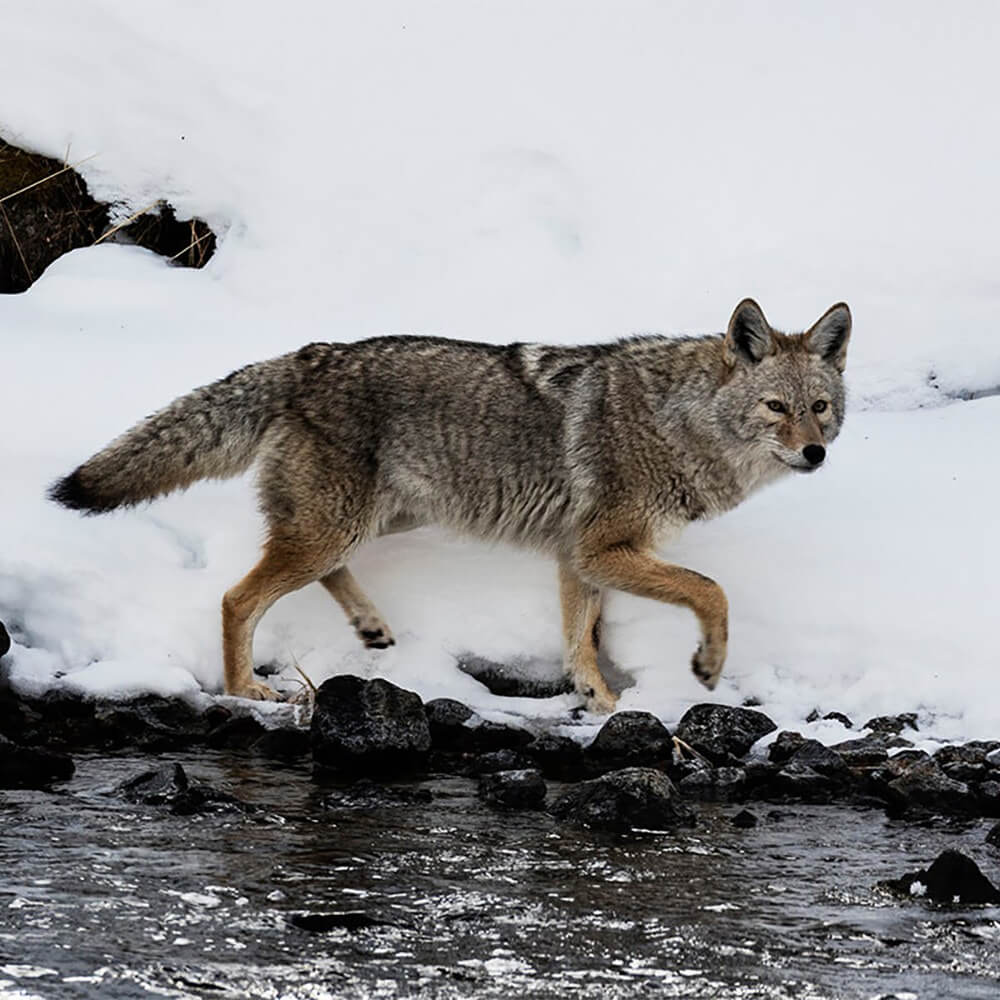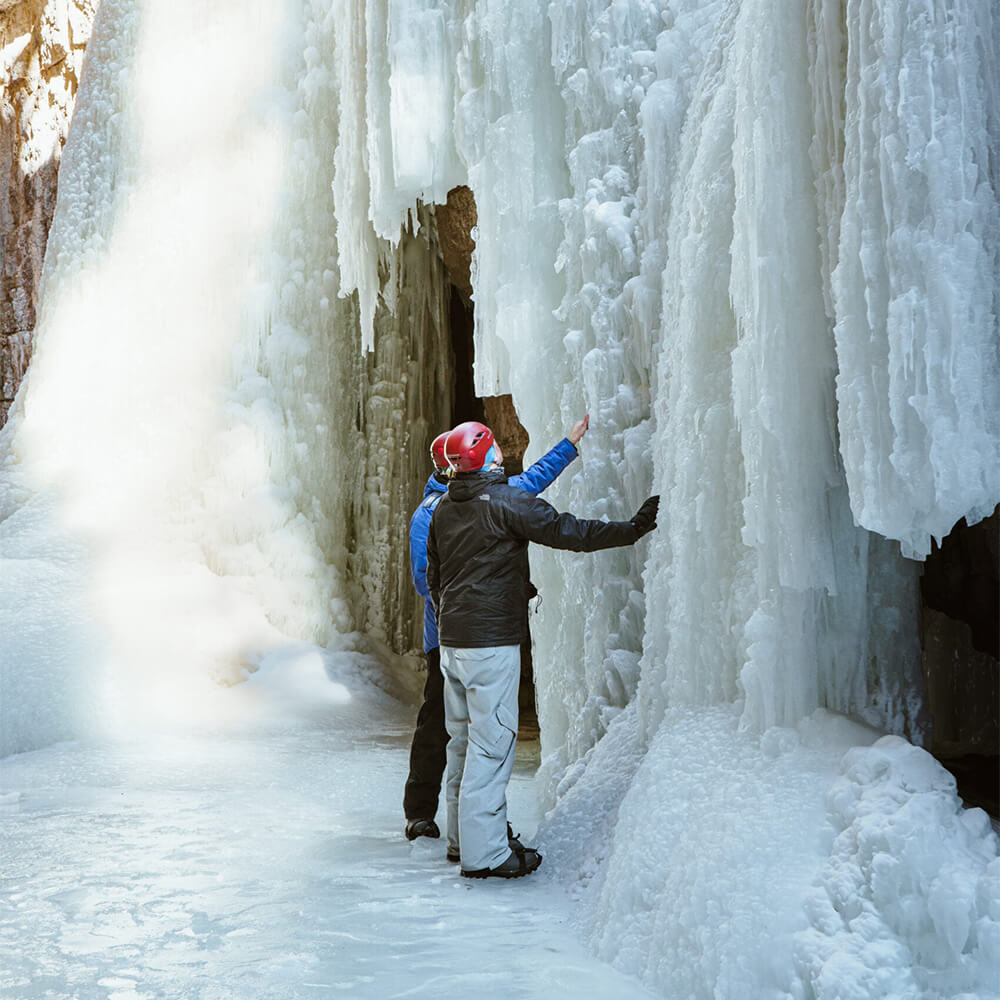Jasper National Park is a stunning park full of wonderful sights to see, majestic creatures and adventure. As one of the primary locations for most of SunDog Tours’ variety of tours, we know just how much there is to learn and see about Jasper National Park.
Curious about making Jasper National Park your next stop, or simply want to learn more about this amazing park? Read on to learn SunDog Tour’s top 10 fun facts about Jasper National Park, Alberta.
1. Jasper National Park Is Part of a UNESCO World Heritage Site
Jasper National Park is not only a treasured place for Canadians but also the rest of the world. Jasper National Park is part of UNESCO’s Canadian Rocky Mountains World Heritage Site. The park, and the Canadian Rocky Mountains, were designated as a World Heritage Site by UNESCO in 1984.
2. Jasper National Park Is the Largest National Park in the Canadian Rockies
At over 11,000 square kilometres, Jasper National Park is the largest national park in the Canadian Rocky Mountains. Jasper National Park is also the twelfth largest national park in Canada.
3. Jasper National Park Was Declared a National Park in 1930
According to britannica.com, the park “was first protected as a forest park in 1907”. At that time, the park stretched over an area of almost 13,000 square kilometres. When it was declared a national park in 1930, it was at the current size that it is now.
4. Jasper National Park Has Well Over 2 Million Visitors a Year
Jasper National Park is a popular sightseeing destination. According to a study by statista.com, as of 20219/2020, the park has seen “approximately 2.46 million annual visitors”. With such an influx of visitors, Jasper National Park was the second most popular national park to visit in 2019 (just after Banff).
5. Jasper National Park Has Nearly 2000 Lakes
Among its many beautiful natural sites, Jasper National Park has plenty of beautiful and serene lakes. 1762 lakes, actually. Of those, only 107 of them are named. Check out SunDog Tours’ variety of summer tours to start exploring some of the park’s beautiful lakes. With canoe tours of Pyramid Lake, tours of Maligne Lake and Medicine Lake and more, you’ll be able to see the best parts of Jasper’s lakes.
6. Jasper National Park’s Mount Columbia is the Highest Peak in Alberta
Located in Jasper National Park, Mount Columbia peak is the highest peak in Alberta at 3782 metres above sea level. Mount Columbia is also the second-highest peak in the Canadian Rocky Mountains (just after Mount Robson). It is also Canada’s 28th highest mountain peak.

7. Jasper National Park Houses The Athabasca Glacier
The Athabasca Glacier, located in Jasper’s Columbia Icefields, is the most-visited glacier in North America. The glacier’s ice is continually in motion and moves like a slow-flowing, frozen river. Although the glacier has been slowly melting over the last 125 years, it is still a breathtaking sight to check off your bucket list.
8. Jasper National Park’s Maligne Canyon Is the Deepest Accessible Canyon in the Canadian Rockies
Maligne Canyon is the deepest accessible canyon in the Canadian Rocky Mountains. With a depth of more than 50 metres, Maligne Canyon is a popular destination to visit both in the summer and winter seasons. Eroded out of the Palliser Formation, Maligne Canyon in the summer is alive with underground waterfalls and streams, lush plantlife, fossils and more. In the winter, the canyon becomes a majestic wonderland of ice, made up of frozen caves, waterfalls and dramatic ice formations. Looking to explore Maligne Canyon? Try out SunDog Tours’ Maligne Canyon Icewalk Tour during the winter months, or our Maligne Canyon Hiking Tour during the warmer seasons.
9. Jasper National Park is Home to A Huge Variety of Plantlife and Wildlife
Jasper National Park has an impressive amount of plants and wildlife that calls the park home. The Canadian Rockies, and Jasper National Park, supports “1300 species of plants, 20,000 types of insects and spiders, 40 types of fish, 5 species of amphibians and 1 species of reptiles, 277 species of birds and 53 different species of mammals.” While in the park, you can spot creatures like bears, moose, coyotes, wolves, wild sheep and many more. These fascinating beasts are an important part of the park’s ecosystem, and many visitors make it their main goal to see the wildlife that resides in the park. SunDog Tours has excellent wildlife tours, including our Winter Wildlife Discovery Tour during the fall and winter, and our Jasper Wildlife Discovery Tour, which runs during the Spring and Summer seasons.
10. Jasper National Park Was Named After Jasper Hawes
Jasper Hawes was a former operator of Jasper House, the main stopping point for fur traders that used the Athabasca and Yellowhead passes. Jasper House, now a national historic site, was also an important meeting place for many, including adventurers, missionaries, artists and more. Jasper Hawes, the postmaster of the trading post, operated the post from 1814 to 1817. Jasper National Park was first named Jasper Forest Reserve after Jasper Hawes in 1907.

Jasper National Park: An Abundance of Interesting Facts And Sights to See
Jasper National Park is a beautiful park full of wildlife, gorgeous rivers and lakes, dramatic and rugged mountain peaks, and more. There are so many more facts and information we could share about the park, but we feel the best way to experience the park is to explore it firsthand. If you’re looking to visit Jasper National Park, check out our wide variety of summer and winter tours to see which tours best fit your interests, or contact us for more information.






















